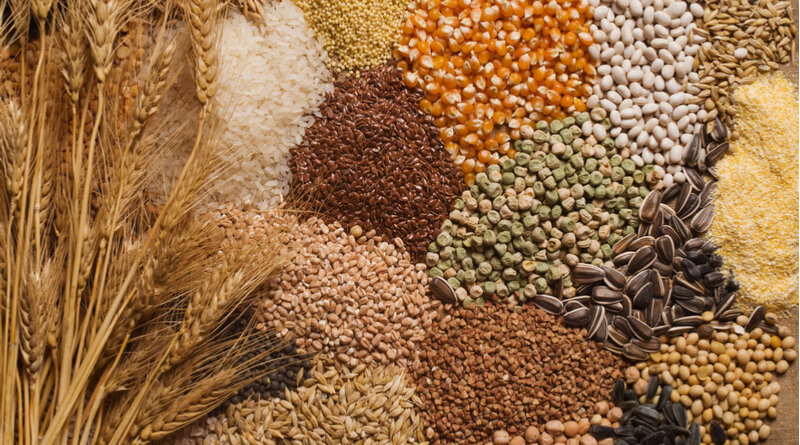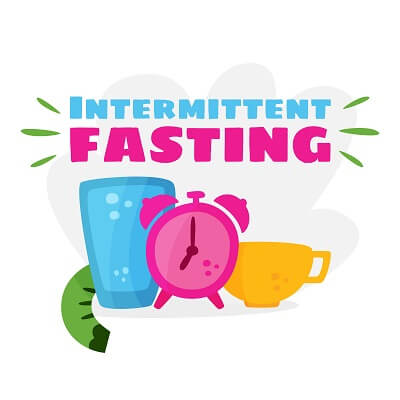Whole grains are some of the oldest foods cultivated and eaten by humans. They have always been considered staples of human diet until the last century, where health researchers began preaching against the power of grains. To be fair, the way grains are processed in the 20th and 21st century does make them relative unhealthy. But there is a difference between processed grains and whole grains. Whole grains are amazingly healthy for you while processed grains aren’t healthy at all.
What are whole grains?
Grains are the seed of grass type plants known as cereals. The most common variety of whole grains are rice, corn, wheat, and barley. Some seeds of pseudo-cereals and non-grass plants are also categorized as whole grains.
There are three parts to a whole grain kernel:
Bran
The hard outer shell that contains minerals, fibers, and antioxidants.
Endosperm
The middle layer of the grain which is mostly composed of carbohydrates.
Germ
The germ is the inner layer, and contains minerals, vitamins, protein, and plant compounds.
All three parts need to be present for the cereal to be labeled a whole grain. Refined grains have their germ and bran removed, leaving behind only the endosperm. Without the bran and germ, the grain is just composed of carbohydrates, which are empty calories.
Whole grain health benefits
Whole grains have lots of health benefits that make them worthwhile additions to anybody’s diet:
- Nutrient dense
- High in dietary fiber
- Lowers your risk of heart disease
- Lowers your risk of stroke
- Reduce your risk of obesity
- Lower your risk of type 2 diabetes
- Support healthy digestion
- Reduce chronic inflammation
- Reduce your risk of containing cancer
- Reduce your risk of premature death








